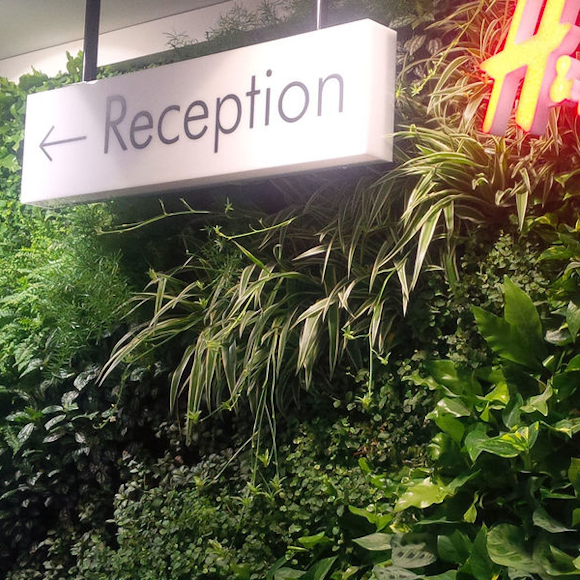The benefits of a green roof are many, but before you embark on the design or purchase of a living roof it is worth considering some of the following factors.
Access to your green roof
Like all roofs, green roofs require maintenance, so it’s worth thinking how you are going to access the roof easily and safely. Green roofs are low maintenance but still require attending to at least once a year. The first year of a living roof is the most critical, whilst the plants establish good root growth.
Planning
In most cases where green roofs are installed on existing buildings, planning permission is not required. However, it is always advisable when making any kind of alteration to a building to contact your local planning department. You’ll save time and potentially money, by getting advice on what your next steps should be.
Green roofs can often be a beneficial component of a planning application and also gain credits with BREEAM (Building Research Establishment Environmental Assessment Method), particularly within the land use and ecology sections.
Structural Factors
The structural loading of the living roof will depend on the type of roof you choose to use. Extensive green roofs (a shallow carpet of low maintenance plants) are the lightest on the market, whilst intensive green roofs (shrubs, climbers, perennials, bedding and even small trees) can be heavy, because they require deeper growing medium and water to maintain the plants. Check with a chartered structural engineer or surveyor to ensure the roof will be able to take the weight of your design.
If weight is a concern take a look at our instagrufe roofs, which are lightweight living roofs and require no complicated irrigation systems.
Environmental Factors
The amount of sunlight and water typical to your region will be a key consideration when choosing the type of green roof and planting scheme. At Viritopia we will advise you as to the types of plants best suited to the roof you wish to use and the environment your roof will be located within.
Biodiversity is another important consideration. Green roofs have the potential to provide much needed habitat for key species especially in urban settings. Your local planning office should be able to provide guidance on key species and Viritopia can advise on suitable planting arrangements to support these species.
The position of the green roof will clearly impact on various aspects of the design. Roof gardens can be subject to strong winds. Using techniques such as screens and meshes can help break up the wind before it impacts on your green roof.
If you would like to learn more about our range of products get in touch with us today.
.jpg?w=4000&q=90&auto=format&fit=crop&crop=edges,focalpoint&fm=png)

